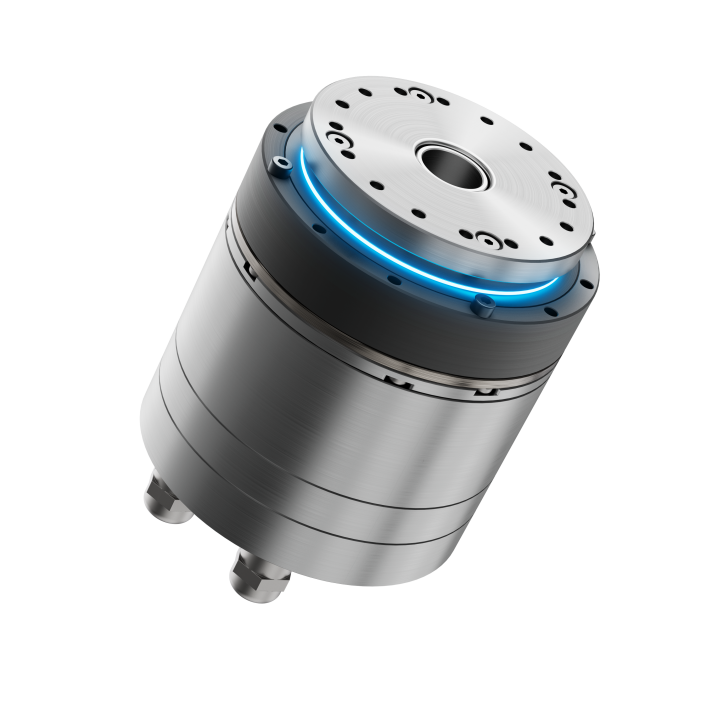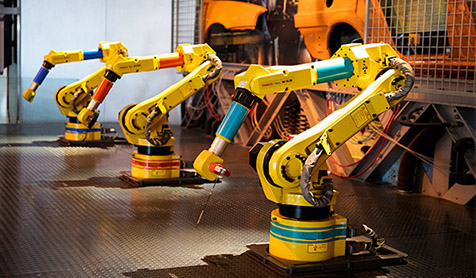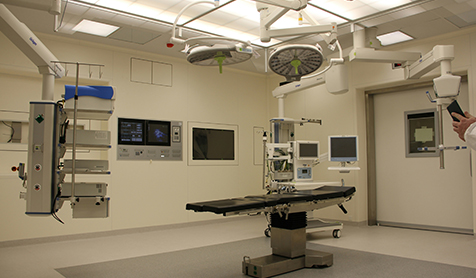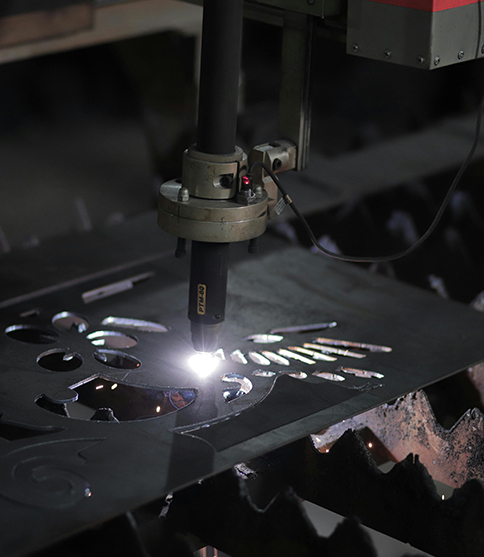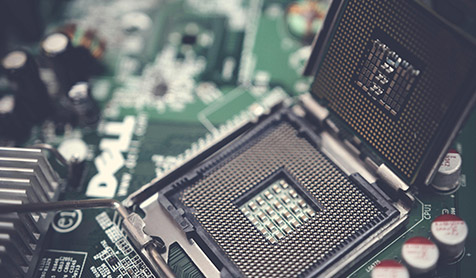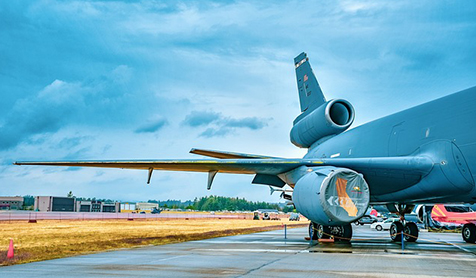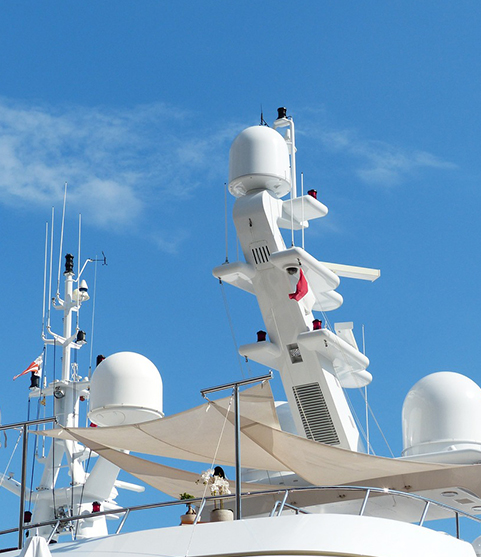LHT High Precision Harmonic Gearbox
LHT series features a hollow flanged barrel structure, with a compact overall design and sleek, simple construction. The flexible wheel and rigid wheel are connected by high rigidity cross roller bearings, making it an easily operated modular product.
Key Features
- Compact and concise design
- Input and output coaxial
- Zero backlash
- Excellent positional accuracy and repeatability.
- Product Description
- Specifications
- Product Video
- Application
- FAQ
- Download
Product Description
The LHT Series use hat type flexspline. We can divide LHT series into 5 versions, LHT-I, LHT-II,LHT-III,LHT-IV and LHT-V.
Differences Among Different LHT harmonic reducers:
LHT-I: use uni-body type wave generator
LHT-II: cross slider type wave generator
LHT-III: large bore with a hollow hole
LHT-IV: shaft input type
LHT-V: Simple type
Advantages
LHT-I/II:More compact, two connection ways, motor can be connected with the gearbox directly, it's easy for installation.
LHT-III:A large-diameter hollow shaft hole and support bearings in it, fully sealed structure. Suitable for situation where the wire needs to be threaded from the center of the harmonic gearbox.
LHT-IV:The wave generator cam comes with input shaft.Suitable for different input forms, and situation where bevel gears or timing belt drive need to be installed at the input end.
LHT-V:Based on LHT-III series harmonic drive gearbox, users can redesign freely for lower weight and thinner thickness while properties have no change.
Specifications
Specification of LHT/LHN Rated parameters
| Model | Reduction ratio | Rated torque at 2000r/min input | Permissible peak torque at start and stop | Permissible maximum value for average load torque | Permissible maximum momentary torque | Permissible maximum input rotational speed | Permissible average input rotational speed | Backlash | Weight | Design life | ||||
|---|---|---|---|---|---|---|---|---|---|---|---|---|---|---|
| Grease | Grease | |||||||||||||
| Nm | kgfm | Nm | kgfm | Nm | kgfm | Nm | kgfm | r/min | r/min | Arc Sec | Kg | Hour | ||
| 8 | 50 | 1.8 | 0.18 | 3.3 | 0.34 | 2.3 | 0.23 | 6.6 | 0.67 | 8500 | 3500 | ≤40 | LHT-I:0.06 | 10000 |
| 100 | 2.4 | 0.24 | 4.8 | 0.49 | 3.3 | 0.34 | 9 | 0.92 | 10000 | |||||
| 11 | 50 | 3.5 | 0.36 | 8.3 | 0.85 | 5.5 | 0.56 | 17 | 1.73 | 8500 | 3500 | ≤30 | LHT-I:0.27 | 10000 |
| 80 | 4.5 | 0.46 | 9.9 | 1.01 | 8 | 0.82 | 22.5 | 2.3 | 10000 | |||||
| 100 | 5 | 0.51 | 11 | 1.12 | 8.9 | 0.91 | 25 | 2.55 | 10000 | |||||
| 14 | 50 | 5.4 | 0.55 | 18 | 1.8 | 6.9 | 0.7 | 35 | 3.6 | 8500 | 3500 | ≤20 |
LHT-I/II:0.4 LHT-III:0.70 LHT-IV:0.66 LHT-V:0.40 LHT-C:0.14 LHN-III:0.56 LHN-IV:0.50 |
10000 |
| 80 | 7.8 | 0.8 | 23 | 2.4 | 11 | 1.1 | 47 | 4.8 | 15000 | |||||
| 100 | 7.8 | 0.8 | 28 | 2.9 | 11 | 1.1 | 54 | 5.5 | 15000 | |||||
| 120 | 7.8 | 0.8 | 28 | 2.9 | 11 | 1.1 | 54 | 5.5 | 15000 | |||||
| 17 | 50 | 16 | 1.6 | 34 | 3.5 | 26 | 2.6 | 70 | 7.1 | 7300 | 3500 | ≤20 |
LHT-I/II:0.54 LHT-III:0.99 LHT-IV:0.90 LHT-V:0.62 LHT-C:0.19 LHN-III:0.79 LHN-IV:0.69 |
10000 |
| 80 | 22 | 2.2 | 43 | 4.4 | 27 | 2.7 | 87 | 8.9 | 15000 | |||||
| 100 | 24 | 2.4 | 54 | 5.5 | 39 | 4 | 110 | 11 | 15000 | |||||
| 120 | 24 | 2.4 | 54 | 5.5 | 39 | 4 | 86 | 8.8 | 15000 | |||||
| 20 | 50 | 25 | 2.5 | 56 | 5.7 | 34 | 3.5 | 98 | 10 | 6500 | 3500 | ≤20 |
LHT-I/II:0.72 LHT-III:1.32 LHT-IV:1.29 LHT-V:0.82 LHT-C:0.27 LHN-III:1.04 LHN-IV:0.98 |
10000 |
| 80 | 34 | 3.5 | 74 | 7.5 | 47 | 4.8 | 127 | 13 | 15000 | |||||
| 100 | 40 | 4.1 | 82 | 8.4 | 49 | 5 | 147 | 15 | 15000 | |||||
| 120 | 40 | 4.1 | 87 | 8.9 | 49 | 5 | 147 | 15 | 15000 | |||||
| 160 | 40 | 4.1 | 92 | 9.4 | 49 | 5 | 147 | 15 | 15000 | |||||
| 25 | 50 | 39 | 4 | 98 | 10 | 55 | 5.6 | 186 | 19 | 5600 | 3500 | ≤20 |
LHT-I/II:1.22 LHT-III:2.02 LHT-IV:1.99 LHT-V:1.40 LHT-C:0.46 LHN-III:1.65 LHN-IV:1.43 |
10000 |
| 80 | 63 | 6.4 | 137 | 14 | 87 | 8.9 | 255 | 26 | 15000 | |||||
| 100 | 67 | 6.8 | 157 | 16 | 108 | 11 | 284 | 29 | 15000 | |||||
| 120 | 67 | 6.8 | 167 | 17 | 108 | 11 | 304 | 31 | 15000 | |||||
| 32 | 50 | 76 | 7.8 | 216 | 22 | 108 | 11 | 382 | 39 | 4800 | 3500 | ≤20 |
LHT-I/II:2.54 LHT-III:4.20 LHT-IV:4.00 LHT-V:2.70 LHT-C:1.00 LHN-III:3.19 LHN-IV:3.17 |
10000 |
| 80 | 118 | 12 | 304 | 31 | 167 | 17 | 568 | 58 | 15000 | |||||
| 100 | 137 | 14 | 333 | 34 | 216 | 22 | 647 | 66 | 15000 | |||||
| 120 | 137 | 14 | 353 | 36 | 216 | 22 | 686 | 70 | 15000 | |||||
| 40 | 50 | 137 | 14 | 402 | 41 | 196 | 20 | 686 | 70 | 4000 | 3000 | ≤20 |
LHT-I/II:4.40 LHT-III:7.20 LHT-IV:7.00 LHT-V:4.06 LHT-C:1.87 LHN-III:5.95 |
10000 |
| 80 | 206 | 21 | 519 | 53 | 284 | 29 | 980 | 100 | 15000 | |||||
| 100 | 265 | 27 | 568 | 58 | 372 | 38 | 1080 | 110 | 15000 | |||||
| 120 | 294 | 30 | 617 | 63 | 451 | 46 | 1180 | 120 | 15000 | |||||
-
What is a harmonic drive box?
+A harmonic drive box is a type of gear system that produces high reduction ratios in a compact size. It uses the mechanics of a flexible element deforming to transmit motion and achieve high precision and torque.
-
How does a harmonic gear box work?
+A harmonic gear box works by using a circular spline, flexspline, and a wave generator. The wave generator deforms the flexspline into an elliptical shape, which then engages with the teeth of the circular spline at two points, providing a high reduction ratio through the difference in tooth count between the engaged elements.
-
What are the main components of a strain wave drive?
+The main components are the circular spline (fixed outer ring), the flexspline (flexible inner ring with fewer teeth), and the wave generator (an elliptical disc that fits inside the flexspline).
-
What are the advantages of using harmonic/harmonic drive boxes?
+Strain wave/harmonic gearboxes offer high precision, zero backlashes, high torque capacity, compact size, and lightweight. They are also known for their excellent positional accuracy and repeatability.
-
What applications are harmonic-type drives used in?
+They are used in applications requiring high precision and reliability, such as robotics, aerospace, defense, medical equipment, and semiconductor manufacturing equipment.
-
How do you select a strain wave drive for a specific application?
+Selection depends on factors like torque requirements, desired reduction ratio, space constraints, load capacity, and environmental conditions. It's essential to consult with manufacturers or experts to choose the appropriate model.
-
What are the different types of Strain Wave Gearboxes?
+Circular Spline Gearboxes
Cup-Type Gearboxes
Flat Gearboxes
-
What is a Circular Spline?
+The Circular Spline in Strain Wave Gearboxes are characterized by their robust design.
Download
- LHT Series
- LHT-I Series
- LHT-II Series
- LHT-III Series
- LHT-IV Series
- LHT-V Series
- LHT-3D Series
 Download
Download







NEED A ONE-STOP SOLUTION?
We believe in delivering excellent customer service and we are dedicated to our customers.
If you want to know more about our products, prices, and customized services, please contact us with more details, we will respond as soon as possible.








